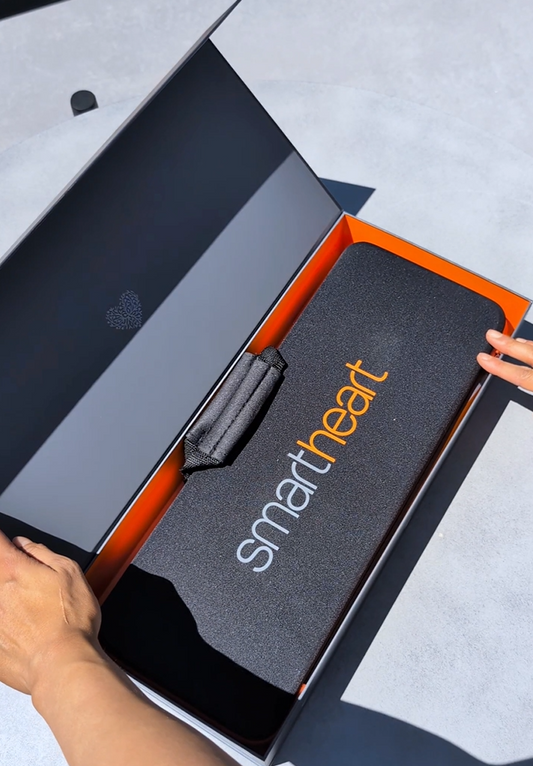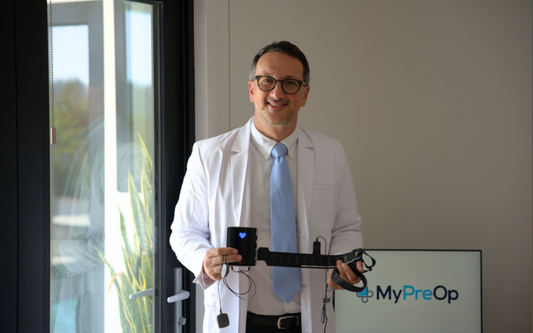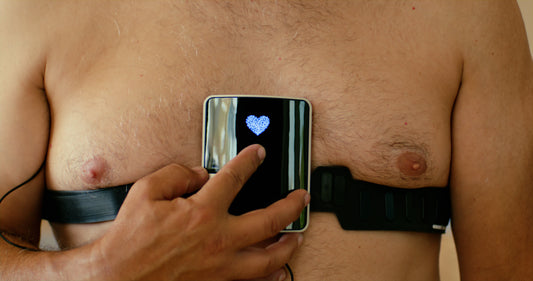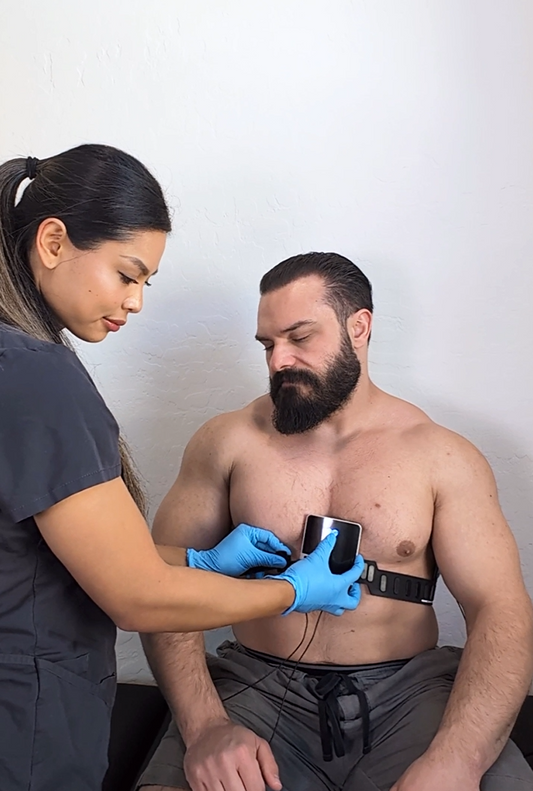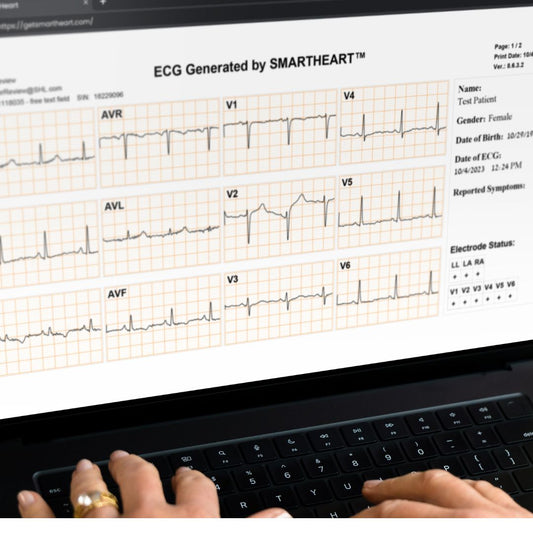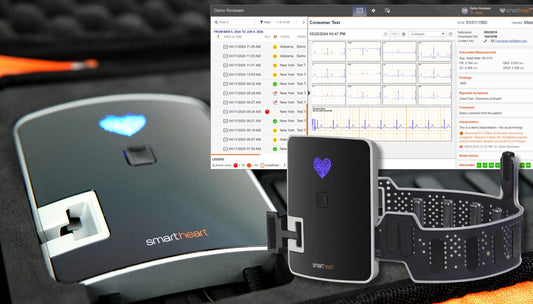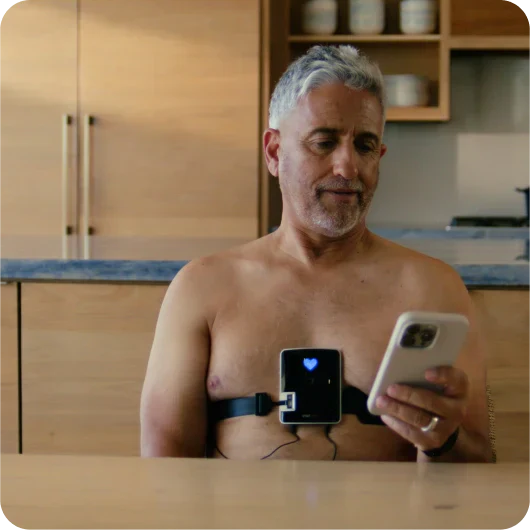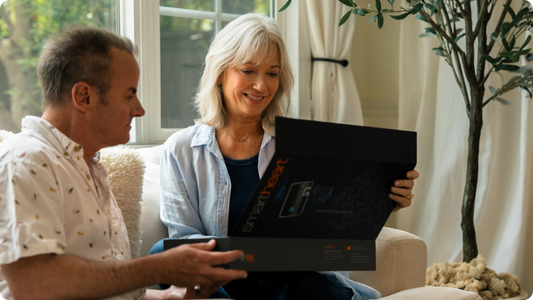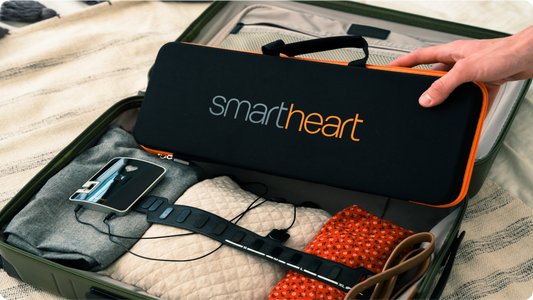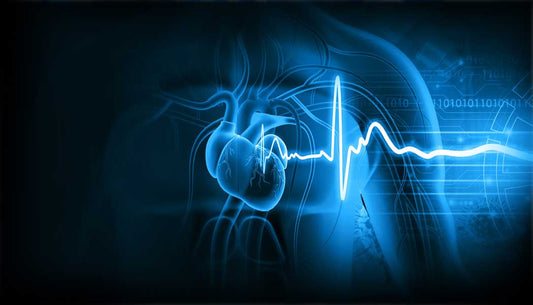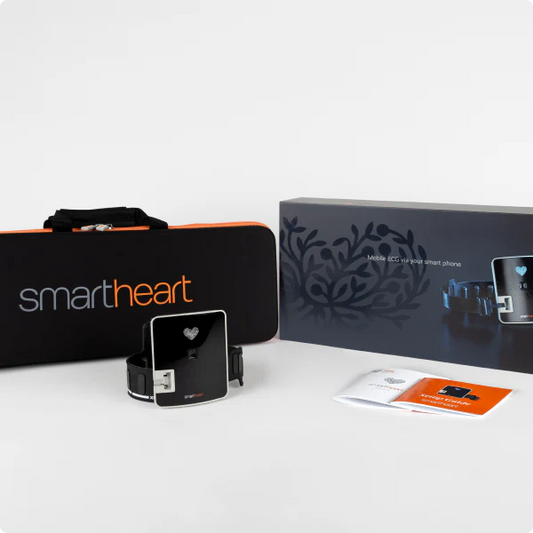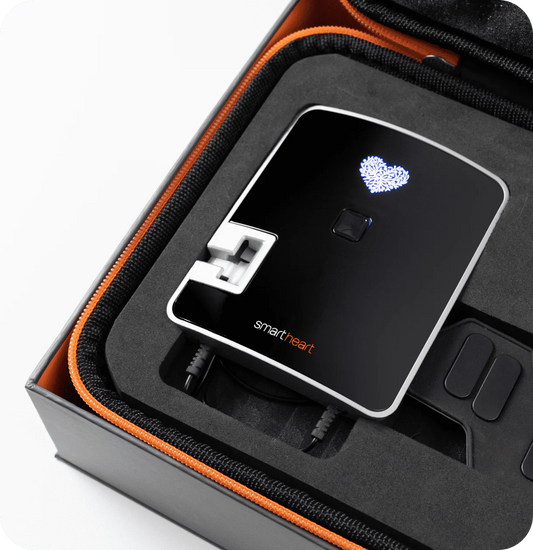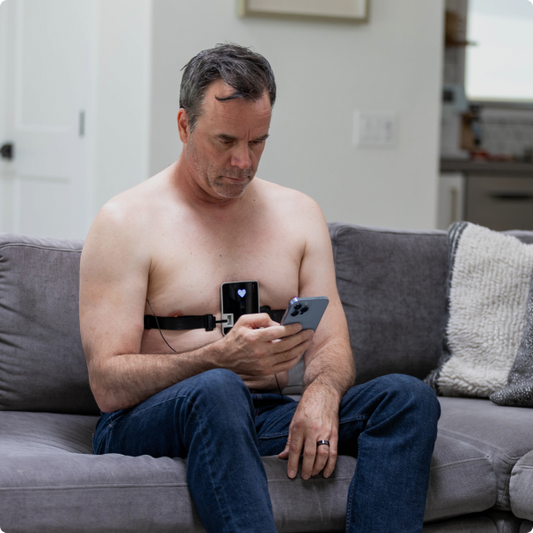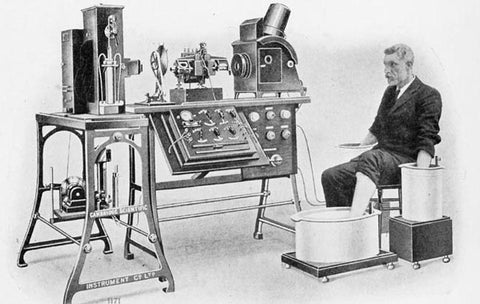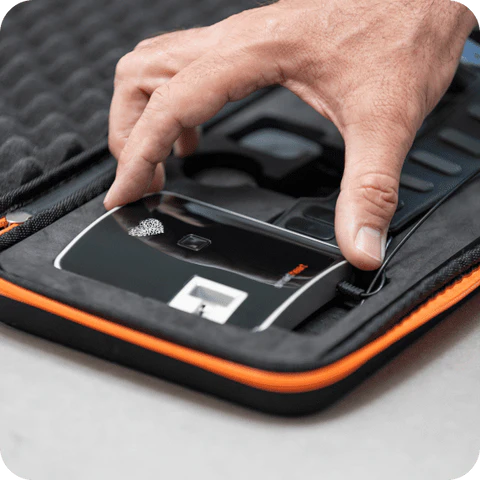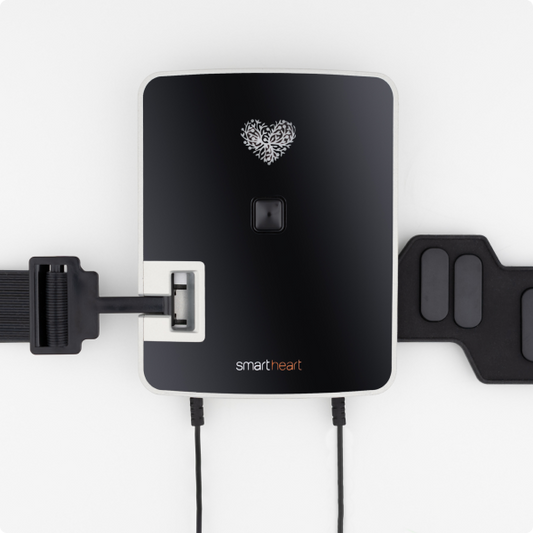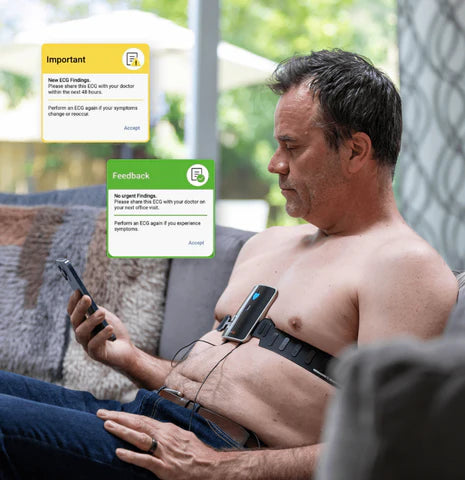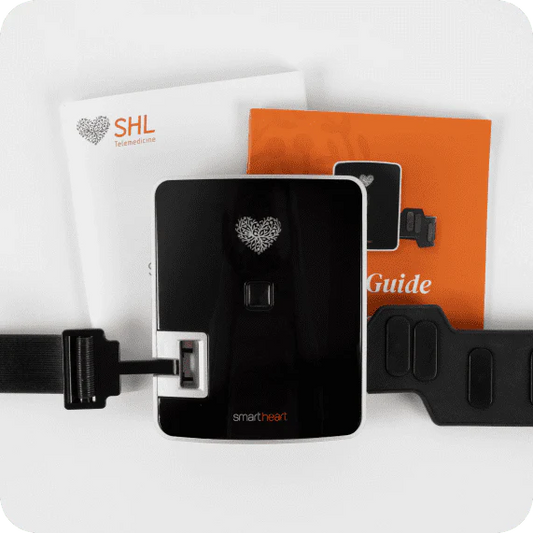Introduction
Let’s go back. For most of human healthcare history, the cardiovascular system was a complete mystery. As late as the mid-19th century, physiologists were at a loss for how to think of our internal organs and what to make of the connection between our heart rate and our breathing. It wasn’t until French physician Claude Bernard that humanity had a way to imagine the body’s inner workings. With his term “milieu interieur,” Bernard described an internal environment “constituted, in particular, by the fluids circulating in the body.”
Later, Carl Ludwig, Stephen Hales, and Wilhelm Wundt filled in the missing pieces by conducting blood pressure measurements on animals (mostly dogs). Their work solidified the link between heartbeat fluctuations and respiration and further illuminated a picture of how the cardiovascular system regulates blood pressure – a symphony of arteries and veins that work in concert to ensure blood flow to all parts of the body.
In the 20th century, we learned that the heart was the conductor of this symphony and quickly began making connections between heart rate and homeostasis. Researchers started diligently checking the heart rates of patients and collecting data on how irregular patterns correlate to other ailments. This surge of scientific progress led the way for technological advancement.
Now, our understanding of the cardiovascular system has reached a zenith. We know how it regulates body temperature, circulates hormones, removes waste, balances pH levels, and prevents fluid buildup in tissue. All of these myriad responsibilities begin with the heart, and heart monitoring has become an invaluable tool in predicting and diagnosing disease and creating better outcomes for patients.
In the dynamic landscape of healthcare, technological advancements play a pivotal role in shaping the future of patient care. Among the notable strides in recent years, heart monitoring technology has emerged as a transformative force in cardiac care. This blog delves into the specific improvements brought about by the latest innovations in heart monitoring, exploring how these advancements are enhancing the diagnosis, treatment, and overall well-being of individuals with cardiovascular conditions.
The Evolution of Heart Monitoring
The journey of heart monitoring technology has witnessed remarkable evolution. From traditional methods relying on intermittent check-ups to the current era of continuous, real-time monitoring, the paradigm shift has been nothing short of revolutionary. Wearable devices, equipped with advanced sensors, now allow individuals to track their heart health around the clock, providing unprecedented insights into their cardiovascular well-being.
Continuous Monitoring in Real-Time
One of the key breakthroughs in recent years is the advent of wearable devices that enable continuous monitoring of heart activity in real-time. Smartwatches and fitness trackers equipped with sophisticated heart rate sensors offer users valuable data on heart rate variability and resting heart rate, and can even detect irregularities that might go unnoticed through traditional sporadic monitoring methods.
ECG Integration
The integration of electrocardiogram (ECG or EKG) capabilities into consumer-grade devices marks a significant leap forward. Users can now take on-the-spot ECG readings, providing a more detailed and immediate view of the heart's electrical activity. This feature not only aids in the early detection of potential issues but also empowers individuals to be proactive about their heart health.

Remote Monitoring and Telemedicine
Advancements in heart monitoring technology have synergized with the rise of telemedicine, enabling remote monitoring of patients with heart conditions. Wearable devices seamlessly transmit data to healthcare providers, allowing for real-time analysis and intervention. This not only enhances patient convenience but also reduces the burden of frequent in-person visits, particularly crucial in the context of the ongoing global health landscape.
AI and Machine Learning Algorithms
The marriage of heart monitoring technology with artificial intelligence (AI) and machine learning has brought about a new era of accuracy and efficiency. These intelligent algorithms can analyze vast datasets, identifying subtle patterns and anomalies that might indicate potential cardiac issues. The ability to predict and prevent cardiovascular problems before they escalate is a game-changer in cardiac care.
Implantable Devices and Miniaturization
In the realm of implantable devices, miniaturization has played a pivotal role. Implantable cardiac monitors, once bulky and intrusive, have become smaller and more discreet. These devices offer long-term monitoring for specific heart conditions, providing continuous insights without compromising patient comfort.
Integration with Continuous Glucose Monitoring
In a move towards holistic healthcare, some devices now integrate heart rate monitoring with continuous glucose monitoring. This comprehensive approach caters to individuals with diabetes, offering a more complete picture of cardiovascular health alongside glucose levels.
Smart Clothing and Non-Invasive Monitoring
The advent of smart clothing, embedded with sensors for heart rate monitoring, presents a non-invasive and integrated solution. This technology allows for continuous monitoring without the need for external devices, blending seamlessly into individuals' daily lives.
Data Integration and Connectivity
Modern heart monitoring devices are designed to seamlessly integrate with other health-related data. From electronic health records to various health and fitness apps, this connectivity creates a comprehensive profile of an individual's well-being, facilitating more personalized and effective healthcare.
Personalized Health Insights
Beyond raw data, advanced analytics now provide users with personalized health insights based on their heart rate information. Recommendations for stress management, exercise routines, and sleep improvement are tailored to individuals, empowering them to make informed lifestyle choices that positively impact their cardiac health.
Conclusion
As we stand on the brink of the next technological peak, the evolution of heart monitoring technology promises a future where proactive, personalized, and connected cardiac care is the norm. From continuous monitoring and AI-driven analysis to non-invasive solutions and integrated insights, the advancements in heart monitoring are reshaping the landscape of cardiovascular healthcare. With each innovation, we move closer to a world where heart health is not just monitored but actively managed, ushering in a new era of well-being for individuals around the globe.
At the forefront of these technological advancements, SmartHeart offers the only portable 12-lead ECG – a device that monitors the electrical activity of the heart and allows unlimited 24/7 preliminary reads by cardiologists. Imagine what this revolutionary technology will do to patient outcomes and how it will reduce stress and provide peace of mind for those with cardiovascular issues. Imagine how generations past would have viewed this technology – how modern healthcare has illuminated the role of the cardiovascular system in homeostasis. Claude Bernard would be ecstatic. The “milieu interieur” has finally been mapped.


